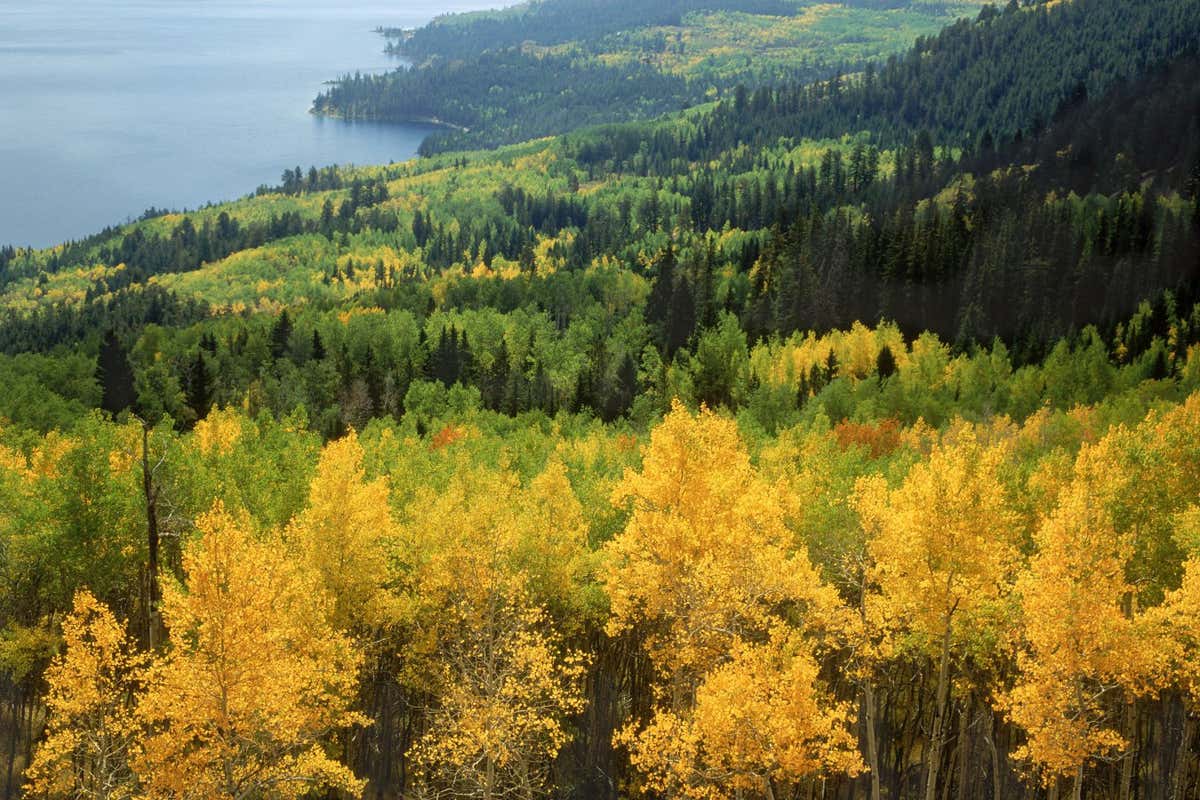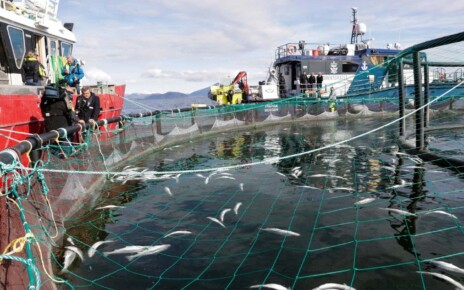[ad_1]

Trees can lock up carbon dioxide – but how much?
Chad Ehlers / Alamy
Protecting existing forests so they grow to maturity could theoretically remove as much as 228 billion tonnes of carbon from the air, according to a team made up of hundreds of researchers. This is equivalent to removing around a third of the carbon humans have added to the atmosphere to date, but critics say it is unlikely we could actually achieve this level of carbon absorption.
The finding will fuel a heated debate over the role of trees in mitigating climate change, which was ignited by a 2019 paper by Thomas Crowther at ETH Zürich in Switzerland and his colleagues. That team estimated that restoring forests outside existing forested areas could store more than 200 billion tonnes of carbon. Other researchers argued the study overstated this potential by as much as five times by counting areas like deserts where growing trees would be impractical or by failing to account for other factors, such as fire.
“There is a great deal of false hope that can be generated by estimates that are too high,” says Matthew Fagan at the University of Maryland, Baltimore County.
Further controversy came when the study was widely interpreted as support for mass tree-planting programmes, which can have disastrous effects for biodiversity and local people even as they store carbon. Crowther says the emphasis on tree-planting “massively oversimplified” the message and was damaging. “This scientific controversy has really harmed the environmental movement,” he says.
In an attempt to move beyond the controversy, Crowther and more than 200 colleagues took another look at the carbon storage potential of Earth’s forests. “There is a massive opportunity to store carbon simply by protecting the ecosystems that we have,” says Crowther.
The team used a suite of datasets and methods to model the amount of carbon that could be stored in forests in a hypothetical world without human influence. These included three separate models based on satellite measurements of forest cover, as well as models built from ground-based measurements in more than a million forest plots around the world.
These different models returned broadly similar results, estimating that forest ecosystems could store between 221 and 472 billion tonnes more than they do now. Around a third of that hypothetical forest would have to grow in areas where farms or cities currently exist, making restoration an unlikely prospect.
However, the team found an additional 108 to 228 billion tonnes of carbon could be stored in existing forests, many of which don’t currently store as much carbon as they could because they have been degraded or haven’t grown to maturity. Another 87 billion tonnes could be stored by restoring forests in areas where they have been removed, but that aren’t used for cities or for agriculture. “I hope that people will see the real potential and value that nature can bring to the climate change topic,” says Crowther.
While outside researchers have applauded the group’s new emphasis on protecting existing forests rather than planting new ones, some have said the paper doesn’t settle many of the problems raised concerning the 2019 analysis, nor does it address the feasibility of protecting or restoring vast areas of the world’s forests. “They did not do anything to estimate how much of this estimate is achievable,” says Joseph Veldman at Texas A&M University, another vocal critic of the 2019 study.
For instance, Karen Holl at the University of California, Santa Cruz, says the global analysis might miss complicated social and ecological dynamics that determine whether protection or restoration is possible at a local level. The researchers themselves also acknowledge other reasons why the estimate might be too high, whether due to fire or the influence of climate change on future forests.
Furthermore, it would take “many decades and likely up to centuries” for all the additional carbon to accumulate in these forests, says Caspar Roebroek at ETH Zürich. That timeline would limit the significance of this additional carbon storage for mitigating emissions in the near term.
“[Protecting forests] is one of the best and cheapest solutions that we could do,” says Fagan. “But we need to be more realistic.” Instead of thinking of protecting all forests, he says it would be wiser to focus conservation efforts on the most carbon-rich and biodiverse places, where lost carbon stores would be irrecoverable.
“These are our cathedrals and we are burning them down,” says Fagan. “I’d like to call attention to that rather than pointing at protecting global forests in a general way.”
Nature
DOI: https://doi.org/10.1038/s41586-023-06723-z
Topics:
[ad_2]
Source link




